Solar energy is the trend nowadays. It’s a free and clean source of energy that won’t only reduce your carbon footprint, but also save you tons of electricity money each month.
According to the National Renewable Energy Lab, the United States installs roughly 7 million pounds of solar panels every single day.
And because there are many solar panels being installed each day, fears of inexperienced solar installers overloading your main bus have risen.
Therefore, the States updated the National Electricity Code and added strict regulations to protect homes with solar systems from overloading the main bus, which can cause fires.
But, what does it have to do with solar ready panels?
Well, the short answer is that solar ready panels are just like electrical panels, the only difference is that they are designed with more clear breakers, so you can easily connect both utility and solar energy with appropriate markings as required by the NEC code.
If you need to learn more about what are solar ready panels, then you came to just the right place.
In this article, we will go through:
- How solar systems are connected to the main panel
- 120% rule
- Difference between electrical panels and solar ready panels
So without further ado, let’s jump right into how solar systems are connected to the main panel.
How Solar Systems Are Connected to The Main Panel
To understand the difference between ordinary electrical panels and solar ready panels, first, you need to know how solar systems are connected to the main panel.
Electrical boxes are made of 3 main components:
- Main Breaker: This is a large breaker located at the top of the panel and it’s connected to the utility service lines. The breaker job is to regulate the maximum number of amps allowed to get into the bus and it will have a number identifying its amperage capacity such as 100, 150, 200, or more
- Bus Bar: This is a metallic strip or bar and it’s used to distribute power to the circuit breakers. Mainly the bus bar amperage will be less or equal to the main breaker amperage
- Circuit Breakers: These breakers are the ones responsible for distributing power to each room of your home and ensure electrical safety
Now after knowing the main 3 parts of electrical boxes, it’s time to take a quick look at how solar systems are integrated into the panel.

First of all, there is a code that requires backfeeding your solar system, which means that you have to install the solar system at the back end of the service panel, so your main bus can have 2 inputs (solar + grid).
The easiest way to install a solar system into your home is to do what’s called a backfeed breaker onto your breaker box.
If you have a couple of empty breakers, then this can be done by taking a special type of breaker that drains power from your solar panels and feed it into the main bus bar.
Then the bus bar will distribute this electricity to the circuit breakers, which will power your home and its electrical appliances.
In other words, by doing this you will be able to drain electricity from both the solar system and the grid at the same time, as the electricity from both sources is fed to the main bus and then distributed to the circuit breakers.
And that’s exactly how solar systems are integrated into your service panel.
However, there are 2 problems that face solar installers:
- What if there are no free breakers on the electrical box?
- What if the electricity from the solar panels and grid is too much for the bar bus to handle?
Well, the first problem can be get around but it’s a matter of time and cost. For instance, you can just update your panel or install a tandem breaker.
As for the second problem, the answer is the 120% rule and in the next sections, we will tell you exactly what it’s, how can it limit your solar system size, and how can solar installers get around it.
The 120% Rule
The 120% rule is a way to limit how big a solar system you can install in your home, so you don’t overload the main bus and cause it to catch fire.

This code states that you should never load the main bus with more than 120% of its amperage capacity.
For instance, if you have a 200 amps main breaker and a 200 amps bus, then your bus can have a maximum amperage of 240 amps (200 x 1.2 = 240).
This also means that the maximum solar breaker you can install to the panel is a 40 amps solar system (240 – 200 = 40). In other words, you can only install a 5-6 kW solar system, which is ok to power most homes.
But what to do if you need to install a bigger system, a 60 amps system for instance?
Well, in this case, we can do something called main breaker derate, which is simply reducing the amount of power you get from the grid to reduce the load on the main bus and allow you to install a bigger solar system.
For example, if you have a 200 amps bus, this means that it can only handle a maximum of 240 amps load.
And as mentioned before, a 200 amps main breaker will feed the main bus with 200 amps from the grid.
So, what we can do is to replace the 200 amps main breaker with a smaller 180 amps breaker, this will ensure that the main bus is getting only 180 amps from the grid.
As a result, this will allow you to install a 60 amps solar system (240 – 180 = 60) because the source of energy doesn’t matter as long as your main bus doesn’t exceed 120% of its rating (240 amps).
However, you have to be careful, as downgrading your main breaker will limit the amount of energy you can drain from the grid.
This can be particularly troubling at night when your solar panels aren’t producing any power, as in this scenario you won’t be able to use more than 180 amps (grid power).
For this reason, it’s highly recommended to perform thorough load calculations to make sure that your home won’t use more than the grid power at night.
What is the Difference Between Electrical Panels and Solar Ready Panels

There are 2 main differences between ordinary electrical panels and solar ready panels.
First, solar ready services are designed with extra space (breakers) and clear markings.
These markings are necessary to help professional electricians and solar installers to quickly and easily identify the ratings and location of the solar system products (breakers), which ensures National Electrical Code® (NEC®) compliance.
However, what’s really great about solar ready panels is that you no longer need to backfeed your solar system.
Instead, the solar ready panel routes the solar system output (electricity) to the main breaker and provides terminations to the load side of the meter socket.
In other words, all the main bus input (electricity from the solar system and the grid) will come from the main breaker, which will protect your bus from overloading.
And because your bus has only 1 input instead of 2, you will no longer care about the 120% rule and you will be able to install any solar system size without the need to derate the main breaker or do any complicated connections.
Last Words
Solar ready panels have numerous advantages such as it allows faster installation, well organized with fewer connections, which will eliminate pigtails and messy wiring, a great way to get around the 120% rule, so you can install any solar system you need, and finally, it’s very cost-effective.
So, should you replace my electrical panel with a solar ready service?
Well, there is no right answer to this question, as every home is unique and there are a lot of factors to consider.
However, it’s recommended to get a solar ready panel if you are going to install a big solar system, so you don’t have to derate your main breaker, which can cause many problems as we mentioned.
In the end, we really hope you found this article helpful as we did.
So what do you think of solar ready panels? Will you replace your old panel? Do you have any further questions?
If so, please share your questions and thoughts with us in the comments sections below.

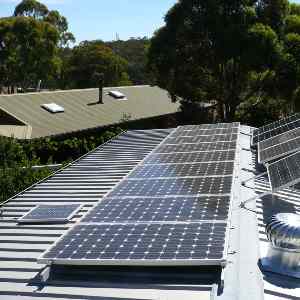
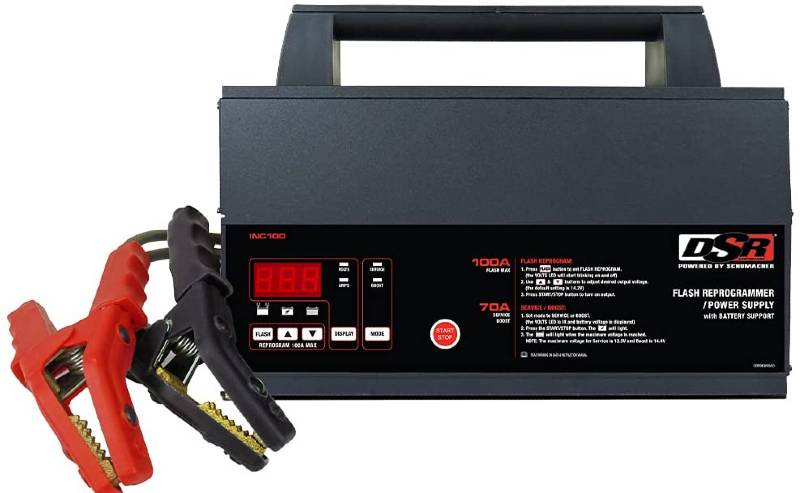
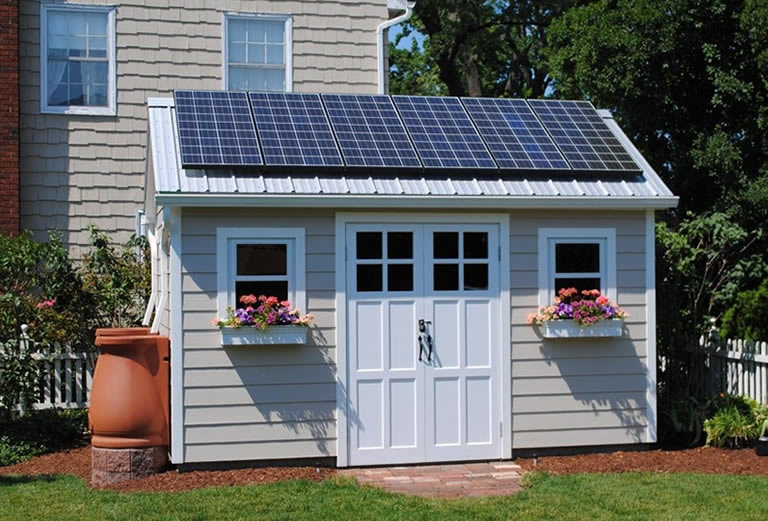
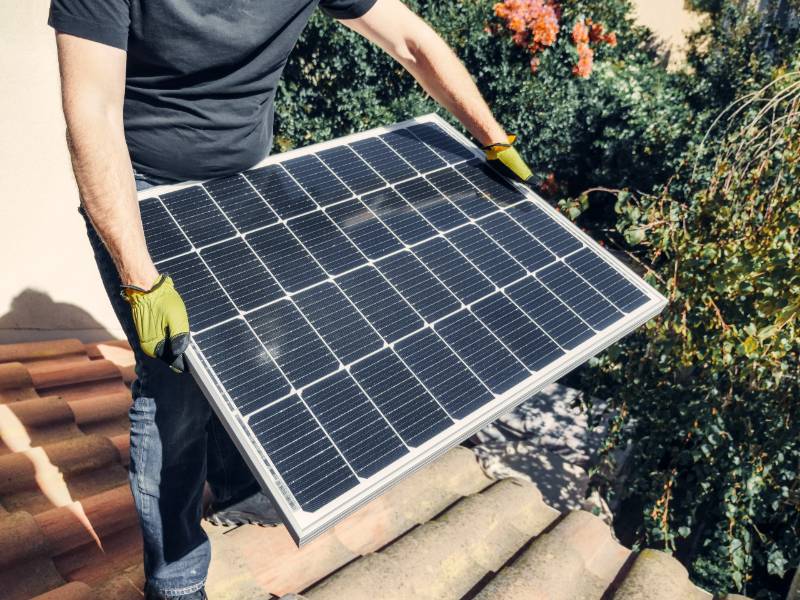
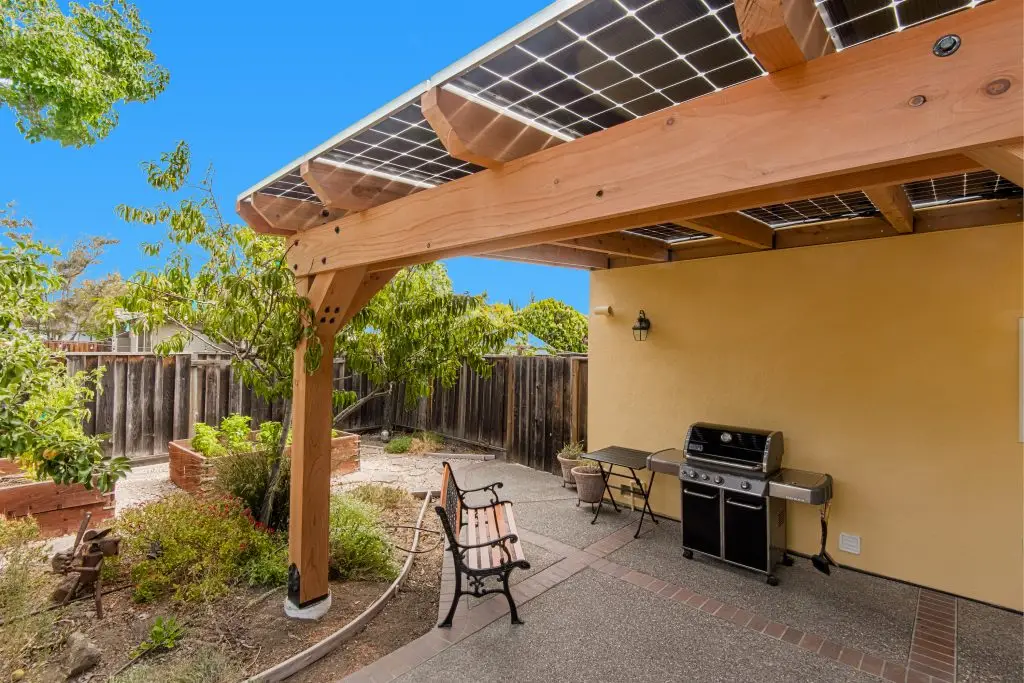
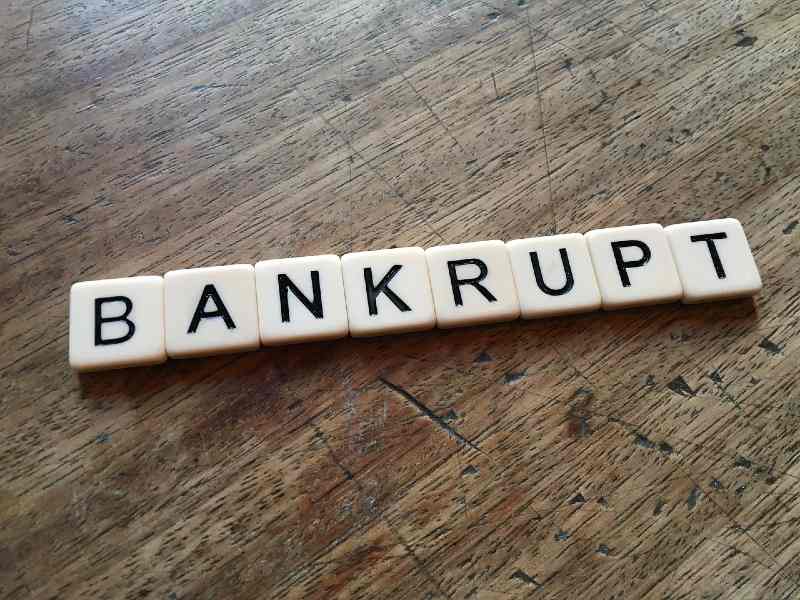
This is the best explanation so far of what a solar ready panel is and why it is beneficial. Most other explanations are too short or incomplete, suggesting that they don’t fully understand what it is about and can’t thoroughly explain it. Thank you!M
Thank you so much for taking the time to support us with your kind words. You really made my day <3
Good technical writing for the layman is hard to do. Your explanation connected the missing dots between what I have heard from multiple sources. Thank you
Thanks for reading 😀
Does solar ready also allow for both panels and batteries? Increasing my grid power is not a feasible option and my electrical panel is currently full. I can upgrade to solar ready, which will give more circuits, but I am getting conflicting info regarding adding a battery.
Hey Mark,
The idea of the solar ready panel is that it has only one input and you can connect multiple power sources to it without overloading the bus.
So to answer your question, yes, as long as you have enough free breakers, you can install a solar system, a back-up battery, a generator, in addition to the grid, all at the same time.
Hope this was helpful 😀
Mark,
With a solar-ready main service panel (MSP) you can put solar & batteries in the same MSP, but when it comes to a generator you need to make sure you “qualify” your “at the same time” comment. Generators usually create their own AC waveform and do not usually “slave” to the grid – like solar inverters do – so there needs to be a transfer switch that removes the utility power from the MSP before adding the generator power or a “crash” can occur between power sources that are not synchronized.
I would also recommend verifying what solar ready parts for your new panel you may need. When I purchased my solar ready panel I was unaware you needed terminal lugs in addition to the panel. Extra part, extra money. Also, I installed the panel and learned of this later when I got around to installing solar. It’s much easier to install the lugs on a disconnected feed rather than arranging another disconnect or working with insulated gear to install the lugs. If you have a square d panel the part number is SR69064A.
Thank you so much for the information. Very helpful!
I’m an electrical contractor in California and I have a customer who wants a 30 KW system installed which entails about 74 panels or so. I am currently preparing to install a 400 amp meter Main onto a new Pole which has two 200 amp Breakers one of which is going to feed out to a 200 amp sub panel on the house. The other 200 amp breaker feeds bus bars in the same panel with about 30 spaces in it. I will be attaching to the breaker spaces under that 200 amp breaker. The product is a Square D 400 amp service rated 320 amps continuous. It is not a solar ready panel but I think it’s going to be just fine, what are your thoughts on this?